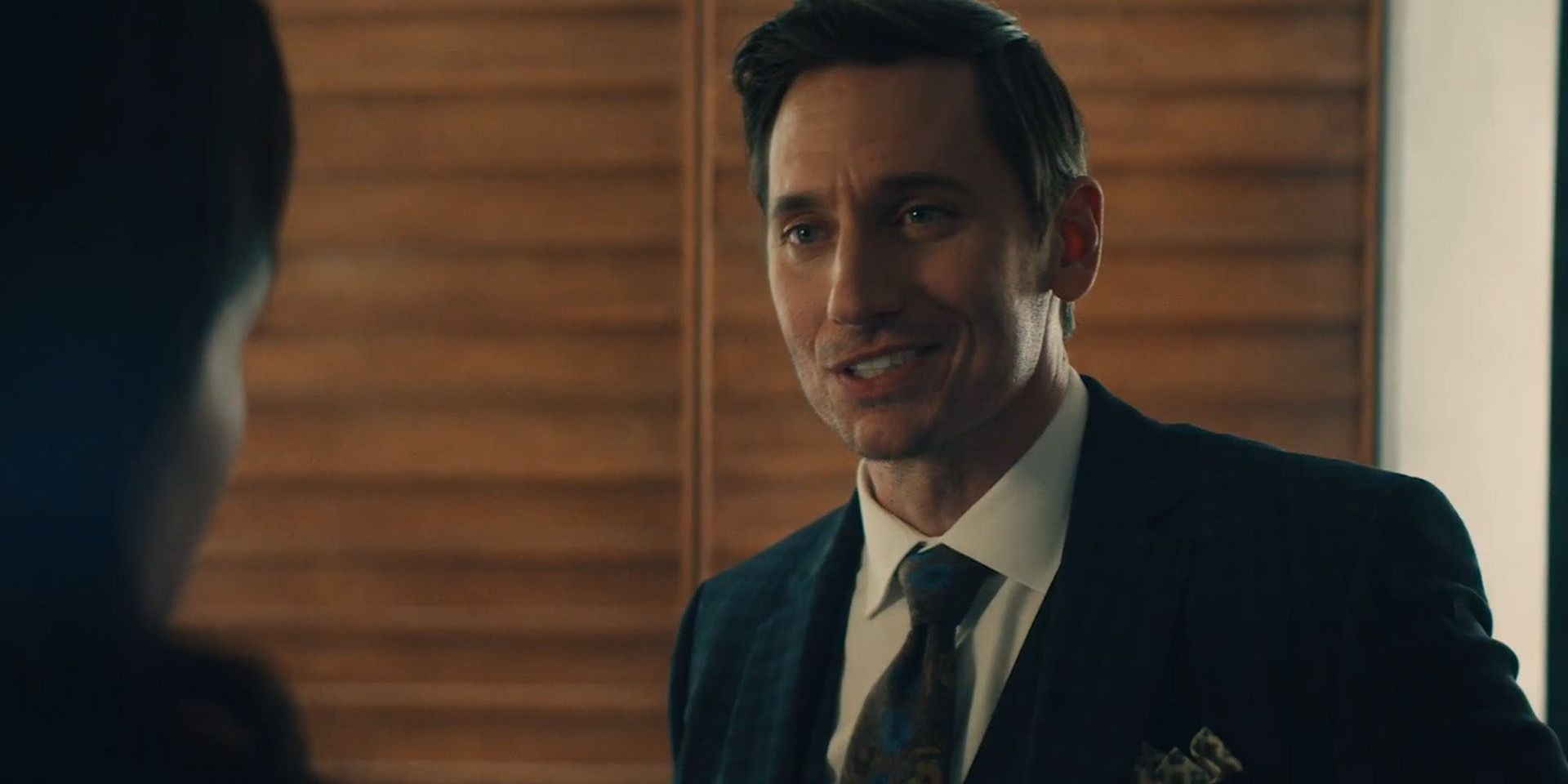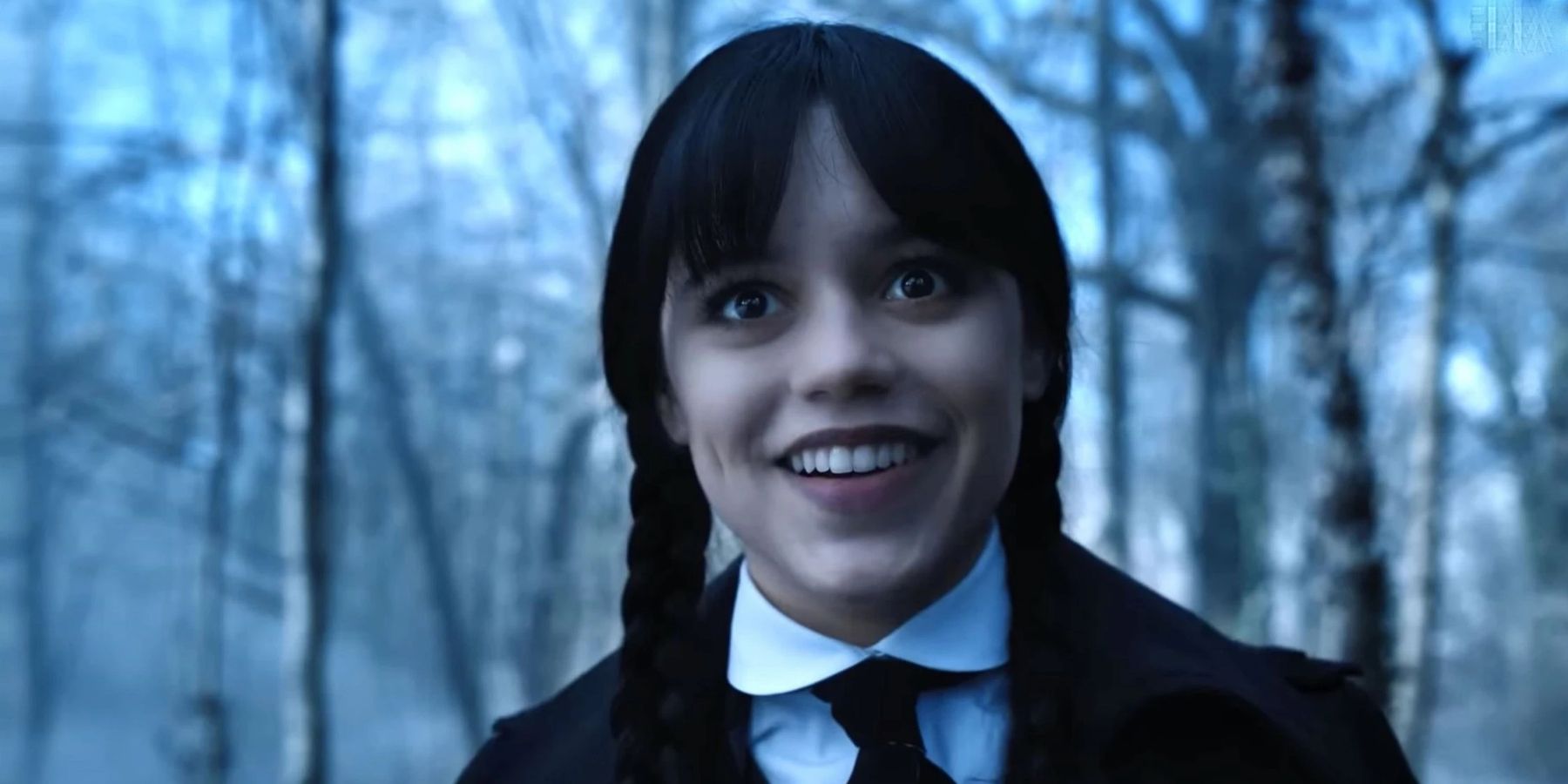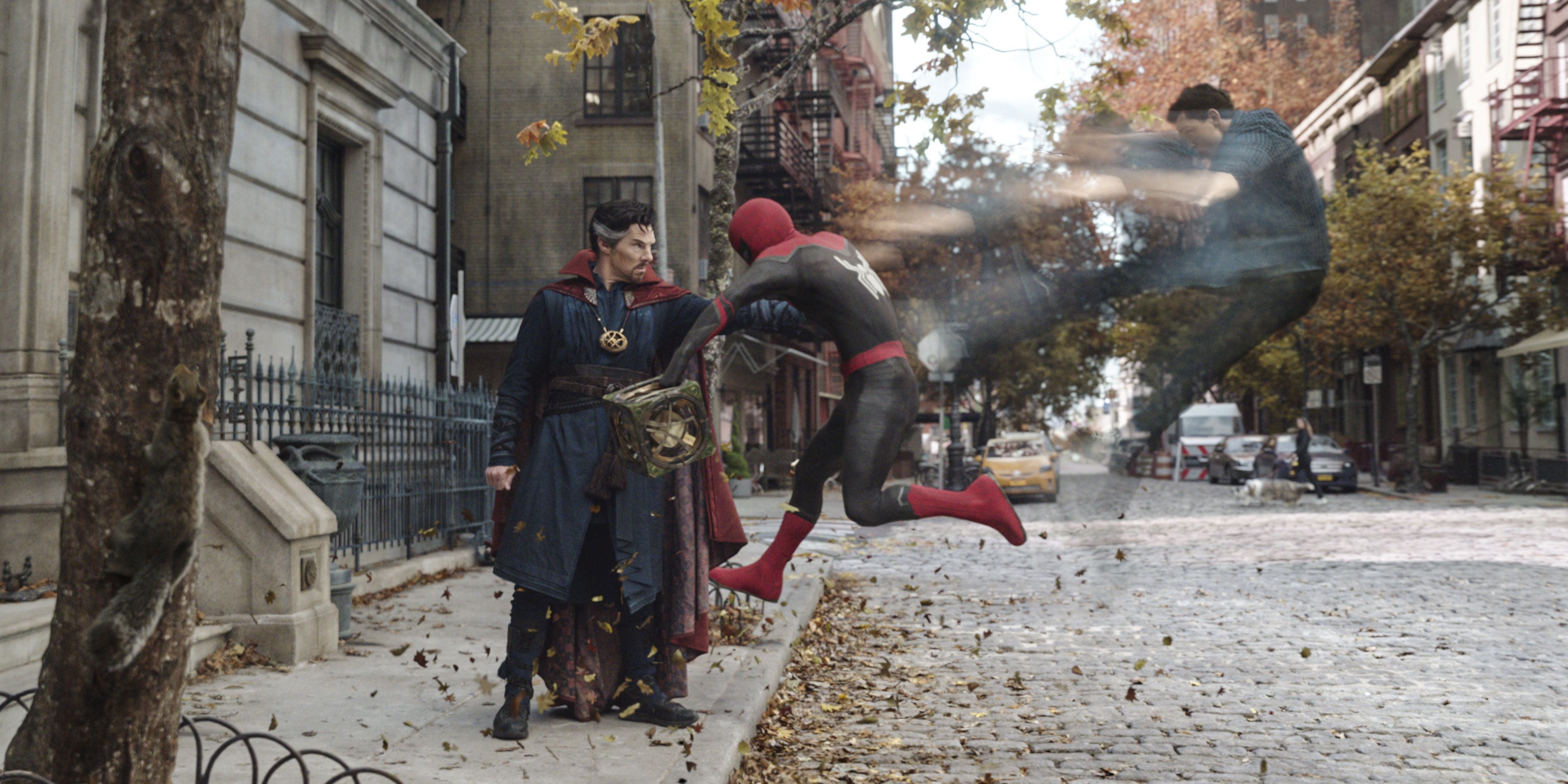This article contains spoilers for Doctor Strange in the Multiverse of Madness.Doctor Strange in the Multiverse of Madness has typically been praised more for its imaginative visuals and lead performances than its script, but that doesn’t mean the film’s script is weak on all fronts. In fact, it features arguably the most compelling development yet in the character arc of its titular protagonist.
Some fans have criticized Doctor Strange’s role in Multiverse of Madness, claiming that the Master of the Mystic Arts feels like a passive observer to the Scarlet Witch’s story. But while Strange may not always feel like the main focus of the film, he nevertheless undergoes a major shift — one that massively recontextualizes his role in a previous appearance. Indeed, Doctor Strange’s character development in Multiverse of Madness makes Spider-Man: No Way Home even better in retrospect.
The Grand Calculus of the Multiverse
The most interesting thing about Doctor Strange’s role in No Way Home is that unlike Iron Man or Nick Fury before him, he primarily serves as an antagonist in Peter Parker’s story. While he initially appears as an ally, he soon becomes an ideological foil to Spider-Man, with his cold and pragmatic viewpoint coming into conflict with Peter’s hopeful idealism. Strange believes that the best way to deal with the multiversal villains like Green Goblin and Doctor Octopus is to simply send them back to their home universes, even if it means signing their death warrants in the process. But inevitably, Strange’s ruthless methods cause him to clash with Spider-Man, who has faith that the villains can still be saved.
Both heroes are simply trying to do the most good they can as their respective worldviews define it. Strange is focused solely on the big picture, determined to find the most efficient path to serving the greater good — no matter the cost. However, Peter’s sense of responsibility and compassion drives him to see the good in his enemies, and he proves to sacrifice his own happiness if it means guaranteeing a better future for others.
Spider-Man and Doctor Strange are both selfless in their own way, but they have very different ideas of what it means to do good. Peter is a young, down-to-earth street-level hero who heavily relies on his friends and family to give him strength when he’s at his lowest. He’s dedicated to helping everyone around him, even if they seem beyond salvation. By contrast, Strange’s role as Earth’s guardian against otherworldly threats makes him detached from ordinary people — he believes that he alone is capable of making the right decision for the whole world, and that any sacrifices he must make along the way are unavoidable. For a perfect example of this, look at how adamantly he maintains that there was only one path towards stopping Thanos.
In the end, Peter ends up proving the truth of his beliefs when he has mercy on the Green Goblin and succeeds in saving all the multiversal villains — albeit at the cost of his friends’ memories of him. Strange gracefully accepts Peter’s victory in their duel of ideals, finally seeing Spider-Man as a worthy peer. However, that doesn’t necessarily mean that he fully internalized the lessons Peter taught him.
Letting Go of the Knife
Doctor Strange’s story in Multiverse of Madness further emphasizes the flaws he exhibits in No Way Home. He’s overly prideful and positions himself above everyone else in his life, which only leads to feelings of isolation and loneliness. Wong is the only true friend he has, and he still pines for his former colleague Christine Palmer after all these years. Moreover, a major motif of the film is the disastrous consequences of Strange’s arrogance across the multiverse.
Earth-616’s Strange is all too willing to play fast and loose with powerful magic if it means achieving the most efficient solution in his eyes — just look at how quickly he decided to use a powerful memory spell just to help Peter and his friends get into MIT. That same prideful recklessness ended up spelling disaster for the Illuminati’s Earth when its Strange variant used the Darkhold to stop Thanos, resulting in an Incursion. A similar fate befell Sinister Strange, whose all-consuming loneliness led him to fall to the Darkhold’s power in hopes of being reunited with Christine.
However, the fatal flaw that Multiverse of Madness focuses on the most is Strange’s need for control. His desperation to have absolute authority in every situation comes out of malice, but out of a misplaced sense of responsibility — he genuinely believes that he’s the one most qualified to solve every problem. As Christine puts it, he “always had to be the one with the knife”. In that sense, one could argue that he’s driven by a more cynical version of Spider-Man’s own ideals, taking all the responsibility onto himself instead of sharing his burdens with his allies. Strange’s need for control extends to his Defender Strange variant, who attempts to stop Scarlet Witch’s demon by killing America Chavez and taking her power. He even recites a near-identical line to the one 616 Strange used to justify killing the multiversal villains: “In the grand calculus of the multiverse, their sacrifice means infinitely more than their lives.”
Across the Multiverse
Strange begins Multiverse of Madness as an arrogant, withdrawn figure who believes he should always be in control, and is more than willing to sacrifice others to fulfill his vision of the greater good. In other words, he’s no different than he was in No Way Home. But thanks to his travels through the multiverse, he learns to finally let go of the knife and trust America to defeat Wanda on her own. Like Spider-Man himself in No Way Home, Strange is able to learn from the mistakes of his multiversal variants and become a better, more hopeful version of himself. And like Peter, Strange achieves his victory not through ruthless force, but by seeing the good in others. Just as Peter had mercy on Norman Osborn, Strange places his trust in America, who causes Wanda to see the error of her ways. In the end, Strange finally learned his lesson from Peter and chose compassion over control — it just took him a while to get there.
One of the most fun parts of the MCU’s storytelling is the way that earlier entries are often recontextualized by the later stories that build on their foundations. Spider-Man: No Way Home was already one of the most beloved films in the MCU for how it serves as a perfect culmination of the Spider-Man film series. But after Multiverse of Madness, one can also look back at it as an important stepping stone on Doctor Strange’s journey. The ideological conflict set up by No Way Home and its themes is perfectly expanded upon by Multiverse of Madness, making two great movies even better as a result.







.jpg)